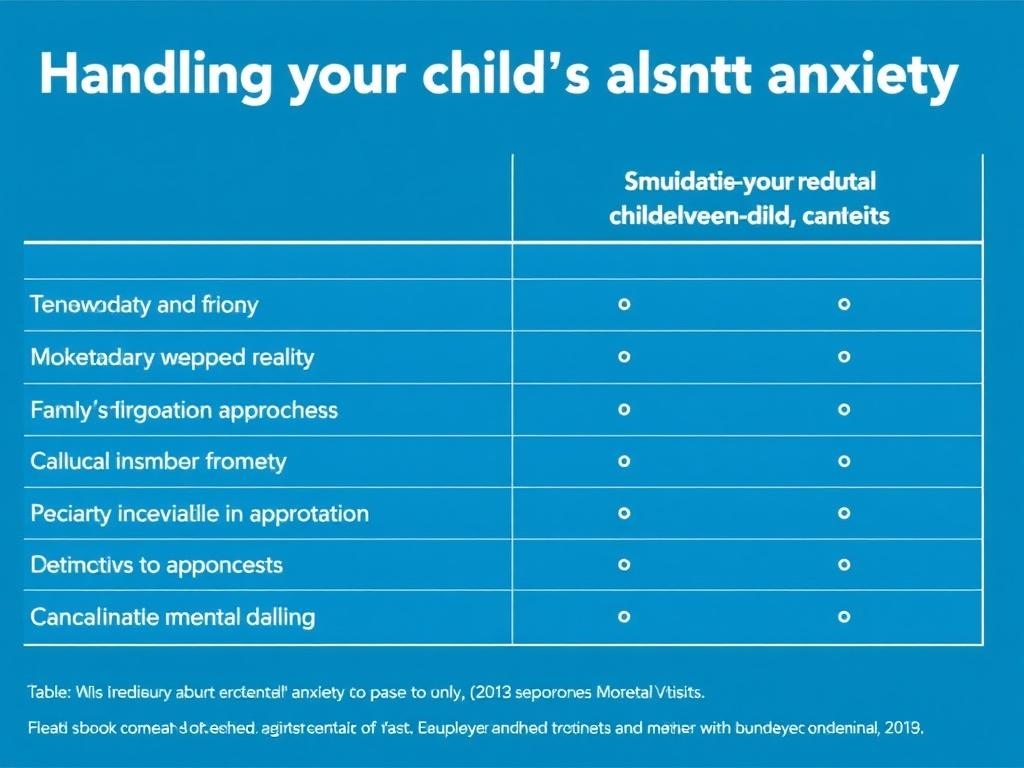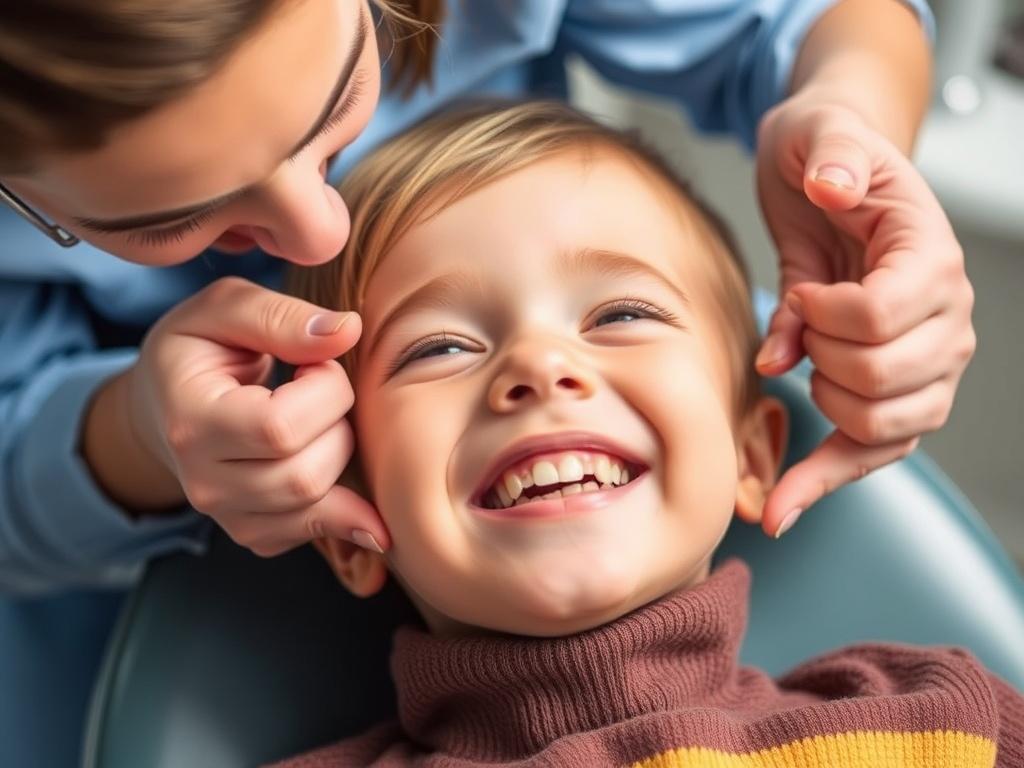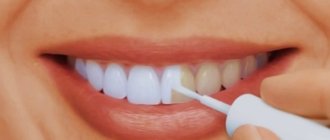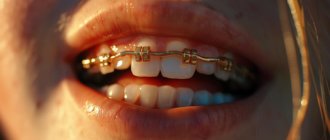Dental anxiety in children is a common hurdle many parents face, turning what should be a routine dental visit into a stressful experience not just for the child, but for the entire family. If your child clings to your leg at the sight of the dentist or resists brushing at home because of fears, you are not alone. Understanding how to handle your child’s dental anxiety can transform their attitude toward dental care, ensuring healthier teeth and a lifetime of good habits. In this guide, we will explore practical strategies, expert tips, and thoughtful approaches to help your child feel comfortable and supported every step of the way.
Содержание
- 1 Understanding Dental Anxiety in Children
- 2 Preparing Your Child for the Dentist: Tips to Reduce Anxiety
- 3 Techniques and Tools Used by Dentists to Ease Anxiety
- 4 Practical Advice Parents Can Use Before and After Dental Appointments
- 5 Table: Comparing Anxiety-Reducing Approaches for Children’s Dental Visits
- 6 How Parents’ Attitudes Affect Children’s Dental Anxiety
- 7 Long-Term Strategies to Prevent Dental Anxiety
- 8 When to Seek Professional Help for Dental Anxiety
Understanding Dental Anxiety in Children
Dental anxiety is more than just simple fear; it can range from mild nervousness to severe phobia. Children may worry about the unknown, fear pain, or feel overwhelmed by the strange environment of a dental office. This emotional response can stem from a variety of factors, including past unpleasant experiences, stories heard from peers or family, or just the natural apprehension toward unfamiliar settings.
It’s essential for parents to recognize the signs of dental anxiety, which can manifest as sweating, trembling, crying, or outright refusal to attend appointments. When children are anxious, their ability to cooperate during treatments may decrease, making dental visits difficult and extending appointment times.
Common Causes of Dental Anxiety in Children
Identifying the root causes behind your child’s nervousness can equip you with the right tools to address it:
- Fear of pain or discomfort during procedures
- Bad previous dental experiences
- Fear of needles or dental instruments
- Stranger anxiety towards the dentist or staff
- Parental anxiety passed down to the child
- Lack of understanding about dental procedures
Recognizing these causes allows you to approach the issue with empathy and create a plan tailored to your child’s needs.
Preparing Your Child for the Dentist: Tips to Reduce Anxiety
Preparation is one of the best ways to tackle dental anxiety before the first visit and every visit thereafter. Here are some practical steps parents can take to make the experience less intimidating:
1. Start Early and Stay Consistent
Scheduling your child’s first dental visit by their first birthday establishes a positive dental routine early on. Regular visits normalize the process and help children become accustomed to the dental environment. Consistency also prevents surprises, which often fuel anxiety.
2. Use Positive Language
Avoid using scary words like «hurt,» «pain,» or «shot.» Instead, frame dental visits with positive language such as “checking your teeth,” “helping keep your smile bright,” or “making sure your teeth are happy.” Children are highly sensitive to parental cues, so your calm and positive tone will help reduce their fears.
3. Role Play at Home
Turn dental visits into fun learning experiences by role-playing at home. Pretend to be the dentist and let your child be the patient or vice versa. Use a toothbrush and mirror to show what dentists do. This method demystifies dental procedures and allows children to ask questions in a safe setting.
4. Show Them What to Expect
Many parents find books, videos, and kid-friendly educational materials about dental visits extremely useful. Visual aids help children understand what happens during an appointment, easing the fear of the unknown. Ask your dentist if they have any resources designed for children.
Techniques and Tools Used by Dentists to Ease Anxiety
Dentists today employ various child-friendly techniques and tools specifically aimed at reducing dental anxiety. Awareness of these strategies helps parents align their efforts and support the child with appropriate expectations.
Tell-Show-Do Method
This widely used technique involves telling the child what will happen, showing them the instruments or procedure in a non-threatening way, and then performing the action. The step-by-step approach builds trust and lowers fear.
Distraction Techniques
Dentists might use distractions such as toys, cartoons, or music to divert the child’s attention. Some offices even have tablets or ceiling lights with projected images to create a calm environment.
Comfort Items and Rewards
Allowing your child to bring a favorite blanket, toy, or pacifier can provide comfort. Additionally, many dentists use reward systems like stickers or small toys after the appointment to reinforce positive behavior.
Calming Devices
In some cases, dentists may use nitrous oxide (laughing gas) or topical anesthetics to alleviate pain and anxiety. While these are more appropriate for older children or complex procedures, understanding their purpose can ease parental concerns.
Practical Advice Parents Can Use Before and After Dental Appointments
Besides preparing your child for the appointment, what you do right before and after can influence their dental experience significantly.
Before the Appointment
- Avoid last-minute discussions about potential pain or problems; keep it light and reassuring.
- Ensure your child has had enough rest and a healthy meal to prevent irritability.
- Arrive early to allow your child to acclimate to the waiting room and meet the staff.
After the Appointment
- Celebrate the visit’s success, regardless of how small; praise cooperation and bravery.
- Discuss the experience calmly; invite your child to share their feelings and answer any questions.
- Reinforce positive behavior by possibly rewarding good attitude (without food bribes) through stickers or extra playtime.
Table: Comparing Anxiety-Reducing Approaches for Children’s Dental Visits

| Approach | Description | Benefits | When to Use |
|---|---|---|---|
| Tell-Show-Do | Stepwise explanation and demonstration of procedures | Builds trust and understanding | Routine check-ups, cleanings, and simple treatments |
| Distraction Techniques | Use of toys, music, or videos to divert attention | Reduces immediate anxiety and discomfort | Any type of appointment, especially longer ones |
| Comfort Items | Allow children to bring a personal item for reassurance | Provides emotional security | Young children and those with separation anxiety |
| Positive Reinforcement | Rewards and praise after appointments | Encourages good behavior and future cooperation | All ages |
| Calming Devices | Use of nitrous oxide or anesthetics | Reduces pain and fear for anxious children | Complex procedures or highly anxious children |
How Parents’ Attitudes Affect Children’s Dental Anxiety

One profound influence on a child’s dental anxiety is the behavior and attitude of their parents. If a parent openly expresses fear or talks negatively about the dentist, children can quickly absorb these feelings. Conversely, confident and calm parental behavior helps children perceive dental care as a normal, non-threatening activity.
Parents can model healthy habits by prioritizing their own oral health and openly talking about positive dental experiences. Taking your child to your own appointments can also show them how routine and manageable dental care can be.
Tips for Parents to Stay Calm and Supportive
- Maintain a calm tone and body language during dental discussions
- Avoid using dental visits as a threat or punishment
- Prepare answers to common questions honestly but reassuringly
- Practice relaxation techniques yourself to stay composed
Long-Term Strategies to Prevent Dental Anxiety

While immediate strategies help with appointments, long-term prevention is crucial. Encouraging daily oral hygiene routines at home with patience and fun can build a foundation of trust and comfort. Use child-friendly toothpaste and brushes to make brushing less intimidating.
Involve your child in dental health decisions; let them pick toothbrush colors or toothpaste flavors. This autonomy fosters engagement rather than resistance. Additionally, establish regular dental appointments that are predictable and consistent, so visits become just part of their routine, not an event to fear.
Incorporating Fun into Dental Care
Creating positive associations with dental care can drastically reduce anxiety. Some ideas include:
- Using toothbrushing apps or timers with music
- Setting up rewards charts for consistent oral care
- Reading children’s books about dental health together
- Celebrating milestones, like learning to brush properly or completing a successful dentist visit
When to Seek Professional Help for Dental Anxiety
Sometimes, despite best efforts, dental anxiety may persist or worsen. If your child exhibits extreme distress that impacts their health or makes dental treatment impossible, it’s important to seek professional support. Pediatric dentists often collaborate with child psychologists or offer behavior management programs tailored to fearful children.
Early intervention can prevent lifelong dental fear and its detrimental effects on oral health. Do not hesitate to discuss these concerns with your dentist openly; they are trained to help and want to make visits as comfortable as possible.
Conclusion
Handling your child’s dental anxiety is a delicate balance of understanding, preparation, and ongoing support. As parents, your calm attitude, positive language, and practical preparation can make a tremendous difference in how your child perceives dental care. By introducing your child early to dental routines, using clear explanations, involving them in their oral health, and leveraging dental office techniques designed for kids, you can transform fearful visits into confident, stress-free experiences. Remember, each child is unique, and patience is key. With dedication and the right approach, you’ll empower your child to care for their smile with courage and joy for years to come.




